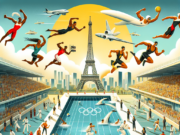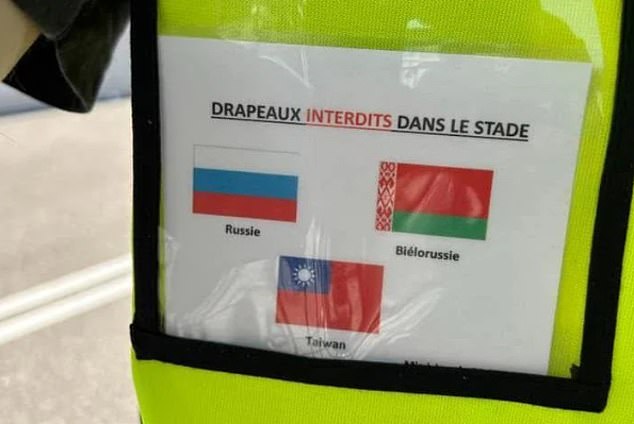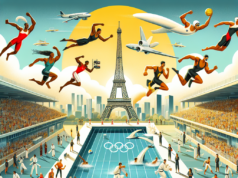- Athletes from two nations are prohibited from competing except as neutral participants
- A third nation now competes under a different designation due to an arrangement made in the 1980s
The three flags that are prohibited across all venues during the Paris Olympics have been disclosed.
Throughout the history of the Games, numerous nations have either faced bans or boycotts due to various political factors.
Paris 2024 is no exception, as international politics once again affects the participation of some countries, either through bans or competing under different identities.
Following the International Olympic Committee’s (IOC) condemnation of Vladimir Putin’s invasion of Ukraine in February 2022, Russia has been banned from the Games.
This decision simultaneously restricts athletes from Belarus from participating. Consequently, flags from both nations will not be allowed at Olympic venues.
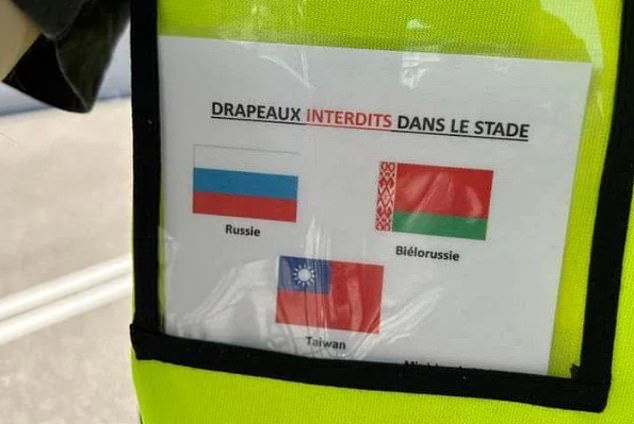
The three flags banned from stadiums during Paris 2024 have been revealed

Russian athletes (including Tatyana Lysenko, pictured) have been able to compete under their flag in prior Games but were barred in 2022
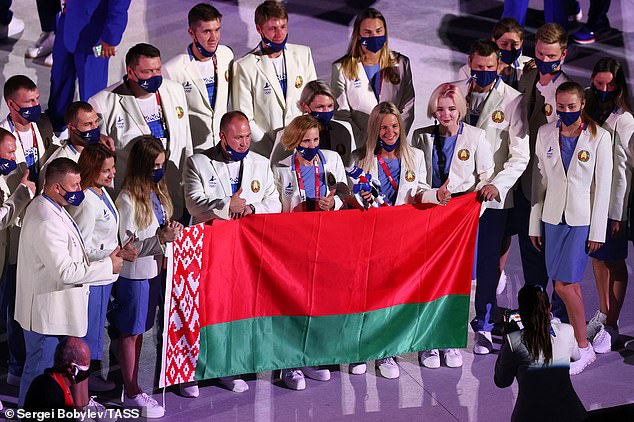
Athletes from Belarus (shown in 2021) are also prohibited from competing under their flag
Despite a previous appeal to the Court of Arbitration for Sport (CAS), the ruling remains unchanged, and both nations are still excluded from the Games.
However, athletes from Russia and Belarus may still compete in neutral status, albeit with specific restrictions.
They cannot participate in team events nor compete as part of groups in disciplines such as athletics, dressage, or cycling.
The eligibility for individual sports allows governing bodies to determine the inclusion of Russian or Belarusian athletes based on criteria including their support of the conflict or ties to the military.
For instance, athletics has imposed a complete ban on athletes from these countries, while swimming has welcomed competitors from Russia and Belarus.
Approximately 15 athletes from Russia and about 18 from Belarus are anticipated to compete at Paris 2024, with AIN (Athlète Individuel Neutre) labels accompanying their names during events.
These athletes will display a flag featuring a white AIN emblem on a teal backdrop, with their anthem being a non-lyrical composition created by the IOC.
Regarding the third banned flag, its history dates back to an agreement established in the 1980s.
Athletes from Taiwan have competed under the name Chinese Taipei and with a different flag since the Los Angeles Games in 1984.
The traditional red flag with a white sun located in the top left corner surrounded by a blue rectangle has been substituted with a white flag featuring the sun positioned in the center atop a set of Olympic rings.
This agreement, made with China—which contests Taiwan’s independence—has allowed athletes from Taiwan to participate in the Games while preserving China’s naming rights.

Athletes from Taiwan are required to compete under the flag of Chinese Taipei (as shown)
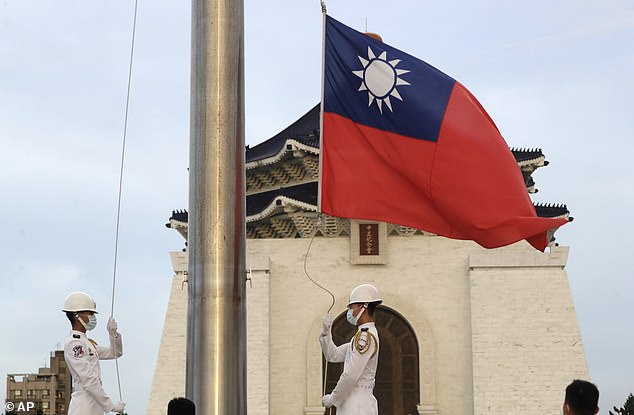
Although the Taiwanese flag is displayed on the island, it will not be allowed at the Games this summer

In prior Games, Russian gold medallists (like Evgeny Rylov, pictured) would hear their national anthem, but this year will feature a composition by the IOC
The small island southeast of China was represented as Taiwan in the 1960s. In a recent 2018 vote, its citizens chose not to revert to the old designation.
Gold medallists will stand on the podium hearing the official Olympic anthem instead of Taiwan’s national anthem.
The ban on Taiwan’s flag aligns with those imposed on Russia and Belarus for the Paris 2024 Games.













